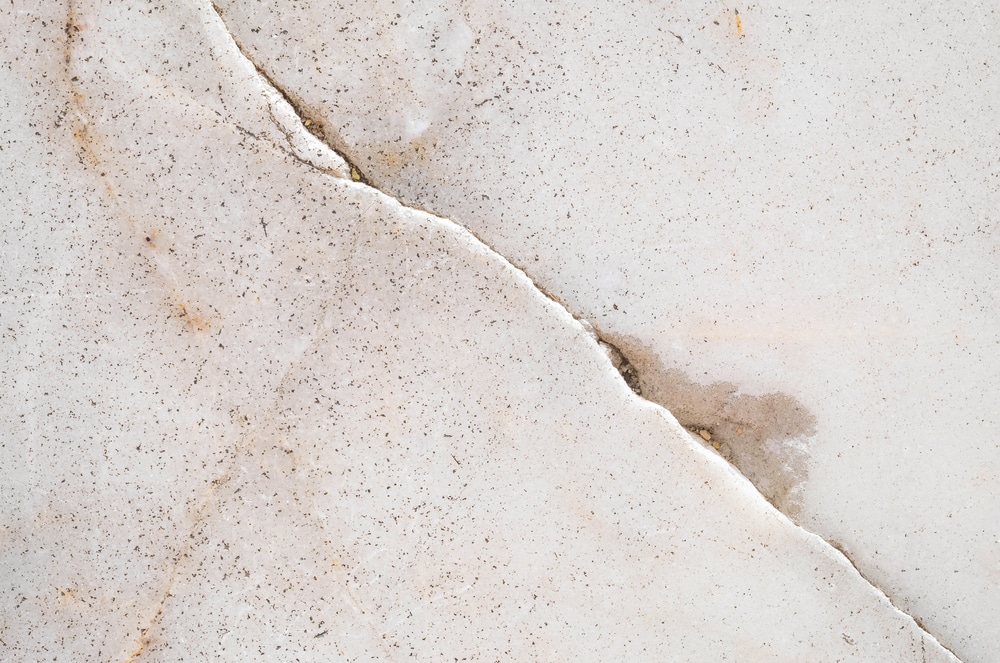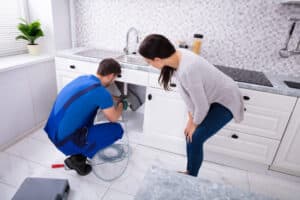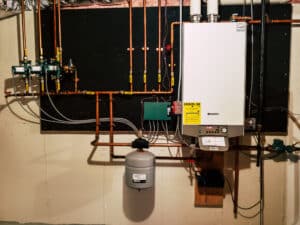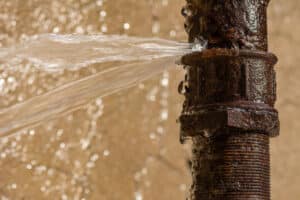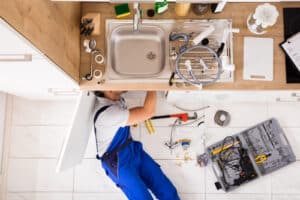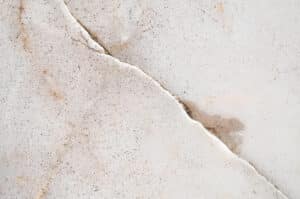Hidden plumbing leaks in your home can be tricky and costly if not found early. They might not be obvious at first but can cause water damage over time. Sherman Oaks homeowners should be aware of how to spot these leaks before they lead to bigger problems.
Not only can these leaks waste water and increase bills, but they can also harm your home’s structure. Discovering them early on can prevent these issues, saving you stress and money. By learning the signs and methods of detection, you can protect your home and ensure everything runs smoothly.
With the right approach, you can detect and address leaks before they become a major nuisance. Staying vigilant helps maintain your home’s plumbing system and keeps everything in good working order. Let’s explore the ways to identify hidden plumbing leaks and keep your home safe in Sherman Oaks.
Signs of a Hidden Plumbing Leak
Identifying hidden plumbing leaks early can prevent substantial damage to your home. Sometimes leaks remain unseen because they occur behind walls or under floors. Recognizing the signs of a hidden leak can help you act quickly and limit the impact.
1. Unusual Water Bills: A sudden spike in your water bill without an increase in usage often signals a hidden leak. Keep an eye on your bill for unexpected changes.
2. Water Stains or Discoloration: Brown or yellow stains on walls or ceilings suggest water is seeping where it shouldn’t. These stains can also feel soft or damp to the touch.
3. Mold and Mildew: Persistent dampness from leaks fosters mold growth. If you notice a musty smell or visible mold, these could indicate a hidden leak nearby.
4. Warped or Buckled Floors and Walls: Water can cause wooden floors to warp or laminate to bubble. Similarly, walls can bulge if water gathers within them.
5. Reduced Water Pressure: A leak can decrease water pressure in faucets, showers, or hoses, suggesting that water is escaping before reaching its intended outlet.
6. Sounds of Running Water: Hearing water when everything is turned off could indicate that water is rushing through a leak somewhere in your home.
Being vigilant about these signs helps you identify problems early. Watching out for these indicators allows you to address potential issues quickly, minimizing damage and reducing repair costs in your home.
Common Areas Where Leaks Occur
Plumbing leaks often occur in certain areas of your home. Being aware of these common spots can help you monitor and address potential problems before they become severe.
1. Bathrooms: Leaks frequently occur around toilets, under sinks, and behind showers. Check for loose connections and small puddles occasionally. Caulking around tubs and sinks can also crack and let water seep through, causing damage over time.
2. Kitchens: Under-the-sink pipes and dishwasher connections are common sources of leaks. Keep an eye out for dampness or pooled water in the cabinet beneath your kitchen sink, which may indicate a leak in the plumbing line.
3. Basements and Crawl Spaces: These areas tend to experience leaks due to faulty pipes, especially if the piping is old or corroded. Check these spaces regularly for signs of water or moisture buildup, which could indicate a hidden leak.
4. Attics and Roofs: Water leaks in attic spaces can result from damaged roofing or poor attic ventilation. Keep an eye out for any water spots on your ceiling or walls, which can signal an issue with your roof or insulation.
5. Outdoor Areas: Hoses, irrigation systems, and exterior wall faucets can develop leaks. Inspect hoses and connections regularly, particularly in winter when freezing is possible.
Understanding these common areas helps you identify leaks quickly. Each of these locations is prone to leaking due to wear and tear, unnoticed damage, or failed seals. Regular checks and maintenance in these common areas can save you from costly repairs and extensive water damage.
DIY Methods for Leak Detection
Finding leaks early can help you avoid costly repairs down the road. You can try a few simple methods to detect leaks yourself before calling a professional.
1. Check Your Water Meter: Turn off all faucets, appliances, and water fixtures. Look at your water meter and note the reading. Wait a couple of hours without using any water, then check the meter again. If it has changed, you might have a leak somewhere in your plumbing system.
2. Inspect Visible Pipes: Go around your home and check all accessible pipes, including those under sinks or in basements. Look for moisture, rust, or white residue, which indicates leaks.
3. Toilet Leak Test: Put a few drops of food coloring in the tank of your toilet. Wait 10 to 15 minutes without flushing. If color appears in the toilet bowl, you have a leak.
4. Check Your Water Bill: Sometimes a spike in your bill might be the first sign you notice. Compare your current bill with previous months. A marked increase could indicate you have a hidden leak.
5. Use a Moisture Meter: Moisture meters can detect water in floors or walls. They are useful for identifying leaks behind walls or under flooring where water signs aren’t visible.
By using these straightforward methods, you can find leaks before they cause significant damage. Once you confirm there’s a leak, you can take the necessary steps to fix it or seek professional help.
When to Call a Professional Plumber
Although you can successfully detect and address some leaks yourself, there are times when calling a professional plumber is essential. Expert help is crucial for ensuring your plumbing system remains in top shape.
1. Persistent Leaks: If you keep experiencing leaks despite several DIY attempts, it’s time to bring in a professional. They can identify underlying issues that might not be obvious.
2. Complex Plumbing Issues: When leaks occur in hard-to-reach places or involve complex parts of the plumbing system, professional plumbers have the tools and expertise to handle them effectively.
3. Significant Water Damage: If you notice water damage like mold, mildew, or structural harm, it’s important to call a plumber to assess and fix the source of the problem immediately.
4. Unclear Leak Source: Sometimes, the source of a leak isn’t obvious. Professional plumbers can use specialized equipment to locate and repair hidden leaks accurately.
5. Insurance Claims: If a leak has caused significant damage, getting a professional assessment can be beneficial when communicating with your insurance company.
Professional plumbers can not only resolve immediate problems, but they can also provide advice on preventing future leaks and maintaining a healthy plumbing system.
Conclusion
Detecting and fixing leaks promptly can save you a lot of trouble and expense. By understanding the signs and common areas of leaks, and knowing when to use DIY methods versus when to call a professional, you can keep your home’s plumbing system running smoothly. This proactive approach not only protects your home from potential water damage but also helps maintain its value and comfort.
If you discover a leak or suspect something’s wrong with your plumbing, don’t hesitate to reach out. At Coast to Coast Plumbing and Rooter, our team of expert plumbers in Sherman Oaks is ready to help with all your plumbing needs. With our experience and dedication, we’ll ensure your home is leak-free and everything functions efficiently. Give our plumbers in Sherman Oaks a call today to schedule an inspection and keep your plumbing in top shape!





